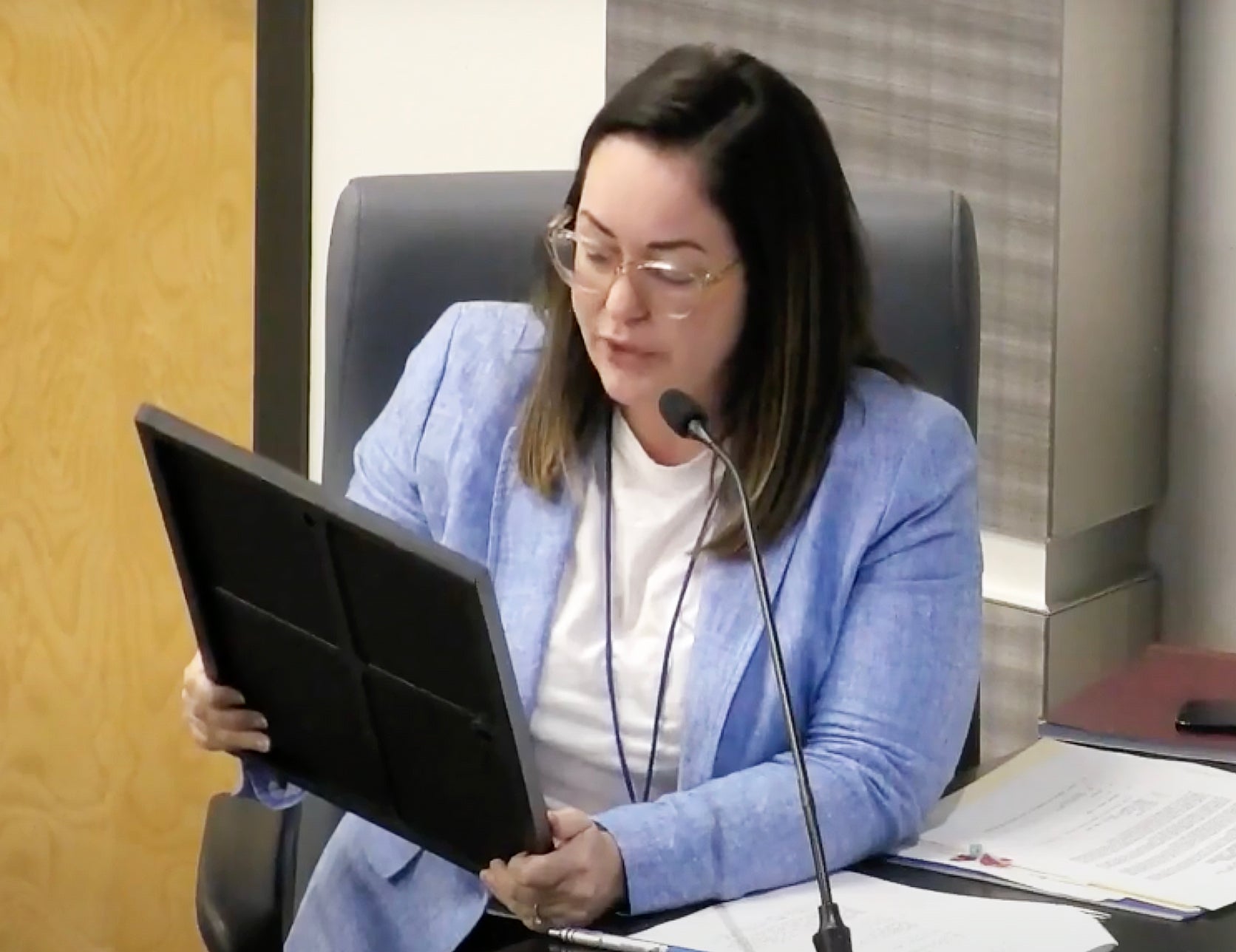DEQ examines railroad car in Garyville
Published 11:45 pm Tuesday, August 19, 2014
By Monique Roth
L’Observateur
GARYVILLE — The Louisiana Department of Environmental Quality is examining whether a report of a railway car caused possible chemical concerns in Garyville.
DEQ Press Secretary Greg Langley said an investigator responded to a scene Friday near Little Hope Street to investigate an abandoned railcar.
He said upon arrival, the DEQ investigator spoke to a contract worker with Canadian Northern Railway, who told the DEQ official the railcar was the railroad’s property, not derailed from a nearby plant as rumored, and was being disposed of because they were no longer in use.
Langley said contents and most of the insulation from the tank had already been removed when the inspector arrived, adding the contractor was in the process of removing the outside shell of the container when the investigator arrived.
“No odors, leaks or spills were noted at the time of the investigation (Friday),” Langley said, adding it is not against the law to dispose of a railcar.
Concerned residents said when insulation was being removed from the container last week, some of the insulation caught on fire.
Langley said the contractor echoed that report to the DEQ official.
As of press time Tuesday morning, Langley said the case was under investigation. He would not comment on whether the fire could have released harmful chemicals into the surrounding area.
St. John Parish resident Ali Burl said he visited the site and saw plaques on the cars identifying past contents as allyl chloride and sulfuric trioxide stabilizer.
According to the U.S. Environmental Protection Agency, short-term effects of allyl chloride from inhalation can lead to irritation of the eyes and respiratory passages.
Burl said he and other residents were concerned possibly released chemicals were flammable and upon inhalation would cause problems.
Several concerned residents also gathered Friday afternoon at the Garyville Library to discuss the abandoned railroad cars and the potentially hazardous materials they feared could be inside.






